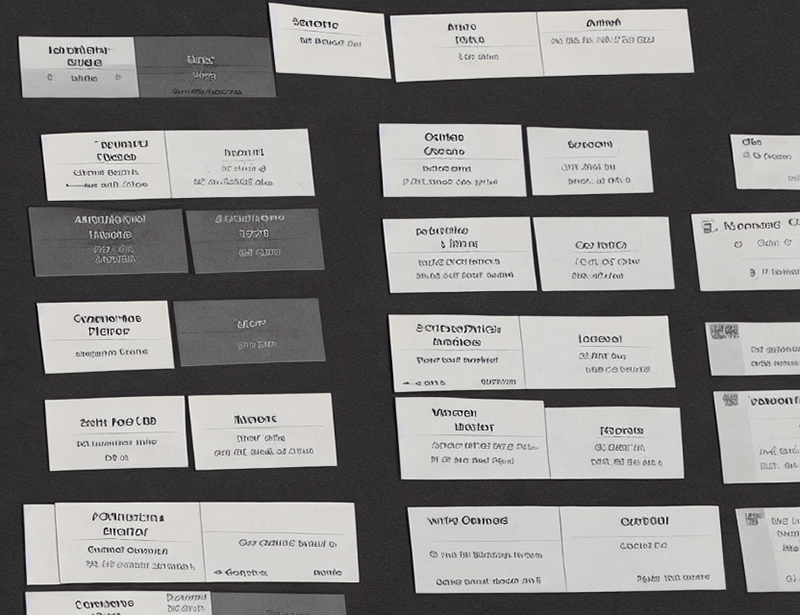5 tips for effective lead scoring on Marketo

Lead scoring is a critical component of any successful marketing automation strategy. By assigning point values to different activities and behaviors of your leads, you can prioritize your efforts and focus on the leads that are most likely to convert.
Adobe Marketo Engage provides a robust lead scoring system that allows you to customize your scoring criteria and track your leads' engagement with your marketing content. In this blog post, we'll share five tips for effective lead scoring on Marketo.
-
Define Your Scoring Criteria
The first step in creating an effective lead scoring model is to define your scoring criteria. Consider which actions and behaviors indicate a higher level of interest in your offering. For example, you might assign a higher score to leads who attend a webinar or download an asset, as these actions show a greater level of engagement than simply browsing your website. You can also assign negative scores for actions that indicate a lower level of interest or a lower value lead, such as unsubscribing from your emails or visiting the recruitment section of your site.
-
Set Up Your Scoring Model
Once you have defined your scoring criteria, it's time to set up your scoring model in Marketo. Marketo allows you to create custom scoring models based on a variety of factors such as demographic information, lead source, and engagement. You can use the Marketo scoring wizard to assign point values to each of your criteria and set up thresholds to determine when a lead should be considered "qualified" or ready for sales to contact. You can also use Marketo's lead scoring rules to automate actions based on your lead scores, such as sending a follow-up email or triggering a notification to your sales team.
-
Refine Your Scoring Over Time
Lead scoring is not a "set it and forget it" process. It's important to regularly evaluate your scoring criteria and adjust your model based on your results. Use Marketo's reporting and analytics features to track your leads' engagement and conversion rates, and identify areas where your scoring model may be falling short. For example, if you find that leads who attend a specific type of webinar are more likely to convert, you can adjust your scoring criteria to reflect this.
-
Integrate Your Lead Scoring with Other Marketo Features
To get the most out of your lead scoring efforts, it's important to integrate your scoring model with other Marketo features, such as lead nurturing and email marketing campaigns. By segmenting your leads based on their scores, you can tailor your messaging and content to their specific context. For example, you might move a lead to a different stream in an engagement program if their score indicates a high level of engagement.
-
Continuously Test and Optimize
Finally, it's essential to continuously test and optimize your lead scoring model to ensure that it is effective in identifying and prioritizing your highest-quality leads. You could consider running A/B tests to compare different scoring criteria or thresholds, or experiment with different scoring models for different segments of your audience. Use Marketo's testing and optimization features to track your results and make data-driven decisions about your lead scoring strategy.
In conclusion, lead scoring is a powerful tool for prioritizing your marketing efforts and identifying your highest-quality leads. By defining your scoring criteria, setting up your scoring model in Marketo, refining your scoring over time, integrating your scoring with other Marketo features, and continuously testing and optimizing, you can create an effective lead scoring strategy that keeps your sales team happy with high-quality leads and drives results for your business.




